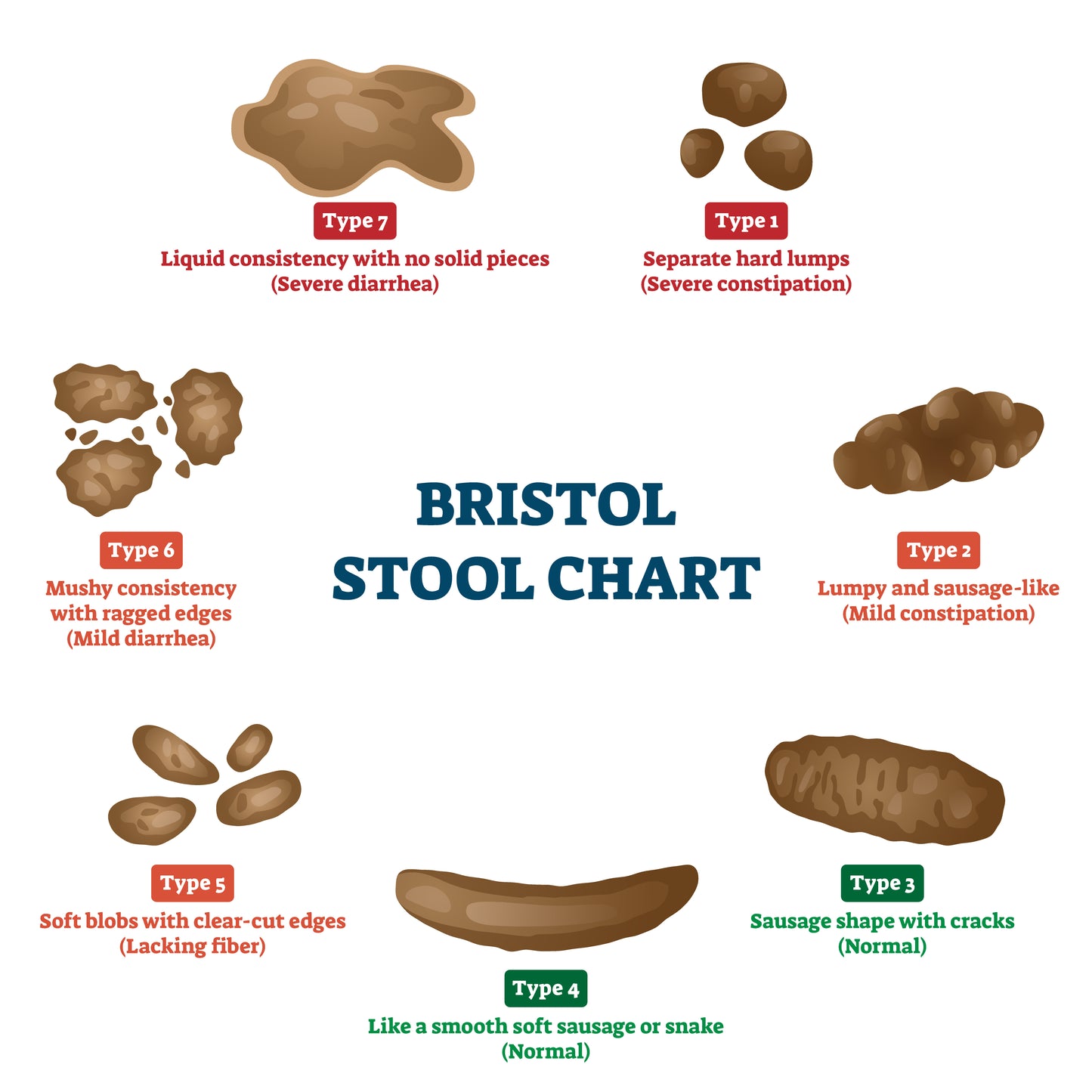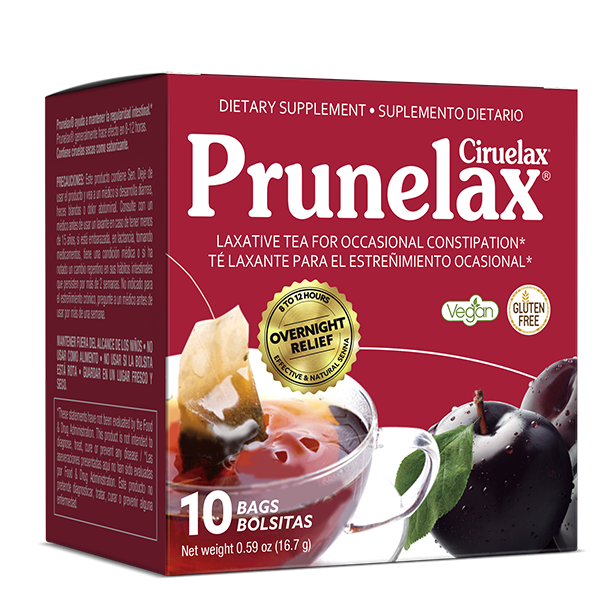Introduction
The Bristol Stool Chart, also known as the Bristol Stool Form Scale, is a simple yet powerful visual aid used to assess and classify the appearance of human feces. Developed by Dr. Ken Heaton and Dr. Stephen Lewis at the University of Bristol in the late 1990s, the chart has become an essential tool for healthcare professionals and individuals alike to monitor and understand their digestive health.
Understanding the Bristol Stool Chart
The Bristol Stool Chart consists of seven different stool types, ranging from Type 1 to Type 7, each representing specific characteristics of human feces. These stool types are categorized based on their shape, consistency, and ease of passage. Type 1 represents hard, separate lumps, indicative of constipation, while Type 7 represents watery stools, signifying diarrhea.
Types 3 and 4 are considered the "ideal" stools, showing a balanced and healthy digestive system.

Usefulness of the Bristol Stool Chart
- Digestive Health Assessment: The Bristol Stool Chart serves as a tool for assessing digestive health. By identifying the stool type, individuals can gauge the efficiency of their digestive system. Abnormalities or persistent changes in stool appearance may indicate underlying gastrointestinal issues that need attention.
- Communication with Healthcare Professionals: The chart provides a standardized method for patients to describe their bowel movements to healthcare professionals. This aids doctors in making accurate diagnoses and recommending appropriate treatments.
- Monitoring Treatment Progress: For individuals with digestive disorders or undergoing treatment, the Bristol Stool Chart allows them to track changes in their bowel movements over time. This helps in determining the effectiveness of medications or lifestyle adjustments.
- Promoting Healthy Habits: Regularly consulting the Bristol Stool Chart encourages individuals to pay closer attention to their bowel habits and promote a healthy lifestyle. Proper hydration, a balanced diet, and adequate fiber intake play crucial roles in achieving optimal bowel movements.
- Detecting Red Flags: The chart helps in identifying potential red flags that may indicate serious health issues, such as chronic diarrhea or blood in the stool, warranting immediate medical attention.
Conclusion
In conclusion, the Bristol Stool Chart is a simple yet highly useful tool for assessing and understanding digestive health. Its visual representation of different stool types facilitates communication between patients and healthcare professionals, allowing for timely diagnosis and appropriate treatment. By encouraging individuals to pay attention to their bowel movements and make necessary lifestyle changes, the Bristol Stool Chart promotes overall digestive well-being. Embracing this chart as a part of daily health monitoring can lead to a healthier and more informed approach to digestive health management.
Author: Virginia Catalán
References
“Bristol Stool Scale.” Wikipedia, en.wikipedia.org/wiki/Bristol_stool_scale#:~:text=Developed%20and%20proposed%20for%20the.
“Bristol Stool Scale: Stool Types and What They Mean.” Www.medicalnewstoday.com, 20 Aug. 2021, www.medicalnewstoday.com/articles/bristol-stool-scale#when-to-see-a-doctor.
Continence Foundation of Australia. Bristol Stool Chart. 2020, www.continence.org.au/bristol-stool-chart.
“Kenneth Willoughby Heaton | RCP Museum.” History.rcplondon.ac.uk, history.rcplondon.ac.uk/inspiring-physicians/kenneth-willoughby-heaton.
Norman, Abby. “An Overview of the Bristol Stool Chart.” Verywell Health, Verywell Health, 18 Sept. 2018, www.verywellhealth.com/bristol-stool-chart-4174964.





